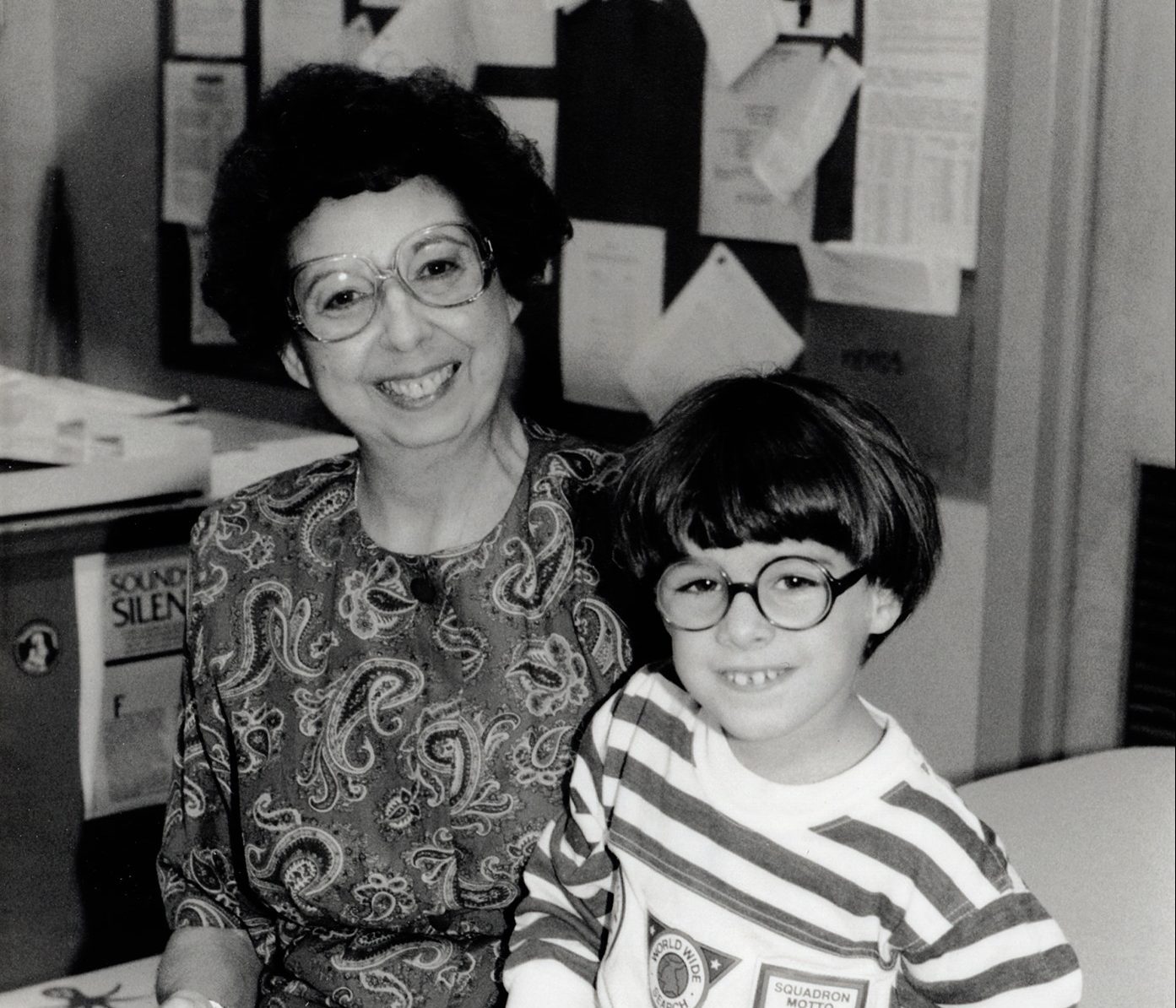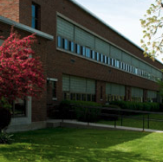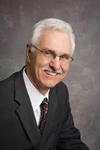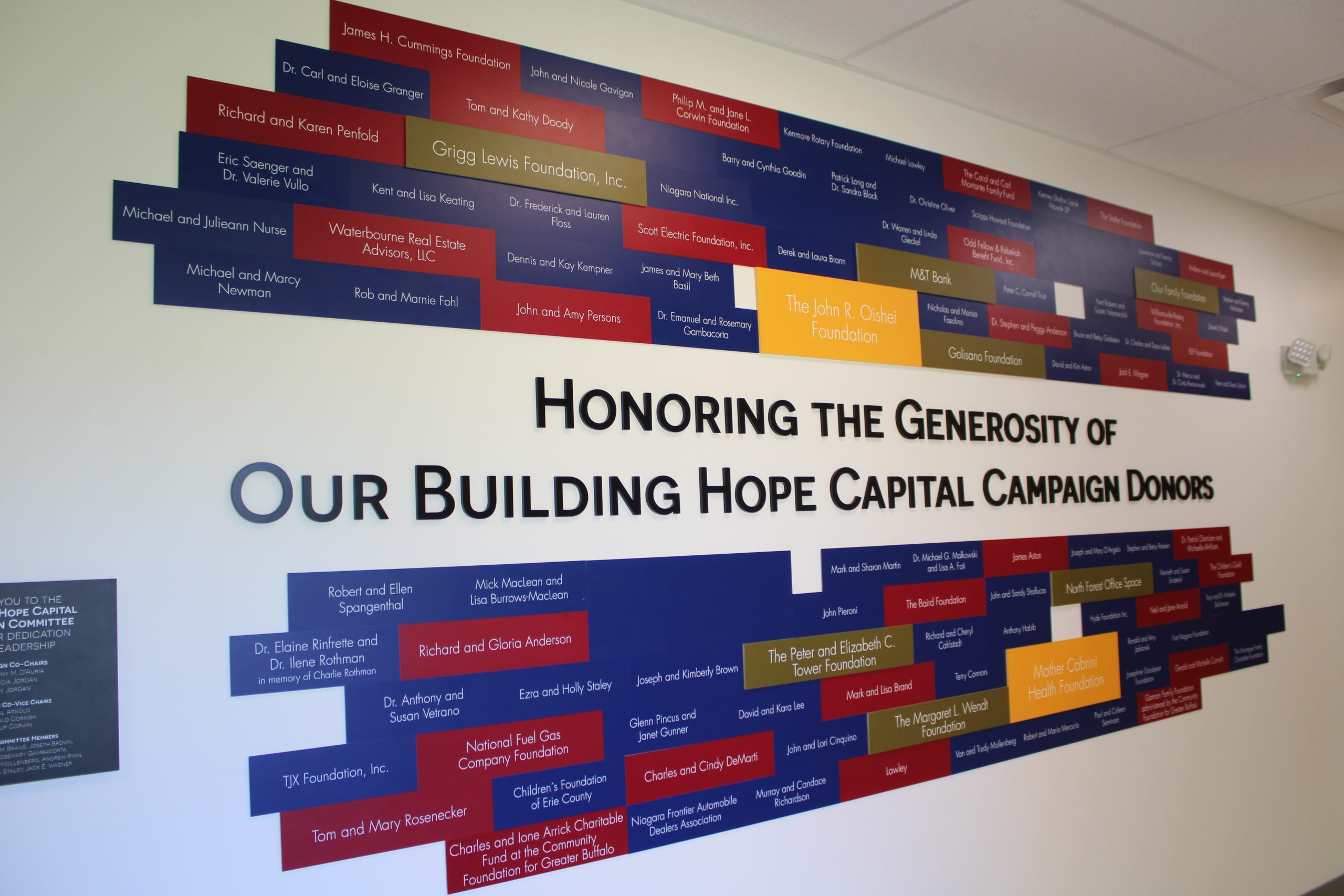History
The History of Summit
Today Summit employs a staff of 600 and serves more than 1,000 individuals. But it all started with one woman at her kitchen table.
Our Founder - Nancy Harris
In 1973, Nancy Harris, founder of Summit (originally known as the Language Development Program), was interested in expanding the speech and language skills of her son who was born with a severe hearing loss.
Nancy strongly believed that children with communication disorders could best develop meaningful speech and language during their everyday experiences, and developed a program for four children in the kitchen of her Williamsville home.
Timeline
1973

Nancy Works to Expand Speech
Nancy Harris, mother and teacher, begins working to expand the speech and language skills of her son, Stefan, along with three other preschool students at the kitchen table in her home. Soon, Nancy joins forces with another teacher to provide services to six children with communication challenges and the Language Development Program moves to an office basement on Niagara Falls Boulevard.
1978
LPD Becomes Affiliate of UB
LDP becomes affiliated with University at Buffalo’s Department of Communicative Disorders and Sciences serving as a training center for graduate students.
That summer, with a personal $10,000 loan from Nancy, LDP leases a wing of the Brighton Elementary School in the Town of Tonawanda, a site the agency continued to utilize through 2005.
In the fall of ’78, 84 children are served by a staff of nearly 40 professionals including a school nurse, social workers, psychologists, audiologists, and occupational and physical therapists.
1981
Serving Children Ages 6-10
LDP is approved to serve children ages 6 to 10 with speech-language impairment.
1983

Green Acres Elementary School
The Brighton Elementary School site is fully occupied, and Green Acres Elementary School in Kenmore becomes an additional site for services.
1989
New Offerings
LDP begins offering occupational therapy, physical therapy, speech therapy, and special education services to preschool children in homes and childcare centers throughout the community.
1977
LPD of WNY is Approved to Provide Services
Program moves to Trinity United Methodist Church and more children enroll. Program is private pay and costly. Local public school officials suggest that Nancy seek NYS Education Department approval. Later that year, The Language Development Program of Western New York (LDP) is approved to provide special services to preschool children with speech, language, and hearing disabilities. Nancy and six staff members offer afternoon sessions to 25 preschool children who attend at no cost to families for tuition or transportation.
1979
Satellite Location in Lockport
LDP opens satellite in Lockport to serve children in Niagara County. Later, satellites also open in the Frontier and Sweet Home School Districts and in Kenmore.
1980
Developmental Evaluation Center
Developmental Evaluation Center offers multidisciplinary evaluations for children from infancy through age five.
1982
Serving “Multiply handicapped”
LDP is approved by NYS Education Department to serve “multiply handicapped” children.
1987
Numbers Increase
Staff of 172 full-time, part-time and contractual employees serve 375 children from 27 school districts and five Western New York counties.
1973

Nancy Works to Expand Speech
Nancy Harris, mother and teacher, begins working to expand the speech and language skills of her son, Stefan, along with three other preschool students at the kitchen table in her home. Soon, Nancy joins forces with another teacher to provide services to six children with communication challenges and the Language Development Program moves to an office basement on Niagara Falls Boulevard.
1977
LPD of WNY is Approved to Provide Services
Program moves to Trinity United Methodist Church and more children enroll. Program is private pay and costly. Local public school officials suggest that Nancy seek NYS Education Department approval. Later that year, The Language Development Program of Western New York (LDP) is approved to provide special services to preschool children with speech, language, and hearing disabilities. Nancy and six staff members offer afternoon sessions to 25 preschool children who attend at no cost to families for tuition or transportation.
1978
LPD Becomes Affiliate of UB
LDP becomes affiliated with University at Buffalo’s Department of Communicative Disorders and Sciences serving as a training center for graduate students.
That summer, with a personal $10,000 loan from Nancy, LDP leases a wing of the Brighton Elementary School in the Town of Tonawanda, a site the agency continued to utilize through 2005.
In the fall of ’78, 84 children are served by a staff of nearly 40 professionals including a school nurse, social workers, psychologists, audiologists, and occupational and physical therapists.
1979
Satellite Location in Lockport
LDP opens satellite in Lockport to serve children in Niagara County. Later, satellites also open in the Frontier and Sweet Home School Districts and in Kenmore.
1980
Developmental Evaluation Center
Developmental Evaluation Center offers multidisciplinary evaluations for children from infancy through age five.
1981
Serving Children Ages 6-10
LDP is approved to serve children ages 6 to 10 with speech-language impairment.
1982
Serving “Multiply handicapped”
LDP is approved by NYS Education Department to serve “multiply handicapped” children.
1983

Green Acres Elementary School
The Brighton Elementary School site is fully occupied, and Green Acres Elementary School in Kenmore becomes an additional site for services.
1987
Numbers Increase
Staff of 172 full-time, part-time and contractual employees serve 375 children from 27 school districts and five Western New York counties.
1988
Multi-cultural Program
Multi-cultural program established for children with developmental disabilities whose primary language is Spanish.
1989
New Offerings
LDP begins offering occupational therapy, physical therapy, speech therapy, and special education services to preschool children in homes and childcare centers throughout the community.
1995

Dr. Stephen R. Anderson named Executive Director
Facing personal health concerns, Nancy Harris retires. After a national search, Dr. Stephen R. Anderson is named Executive Director.
1996
Daycare Opens
On-site daycare facility opens, offering integration opportunities for Summit students.
1997
Early Autism Program Begins
Early Autism Program, unique in Western New York, offers intensive, home-based instruction for preschoolers.
1998
Expansion of Programs
LDP offers service coordination, respite care, and home-based training services to a handful of families. Focus on applied research begins with introduction of “Connections” – a summer treatment program for children with Asperger’s Disorder.
1999
Name Change
LDP changes its name to Summit Educational Resources.
2000
New Vocational Training Program
Summit is approved to serve students through age 21 and establishes Vocational Training Program.
2004
Summit Adventures Begins
Summit offers expanded respite services through Summit Adventures, an on-site after-school program. Formalized use of Augmentative Communication Services begins.
2005

New State-of-the-Art Facility
Summit opens new $7.5 million, state-of-the-art school with administrative offices on Stahl Road in Getzville.
2006
Oishei Grant
Summit receives $660,000 grant from The John R. Oishei Foundation to support research on intensive social interventions for children with autism.
2007
Respite Expands
Respite services expand with addition of evening and weekend programs.
2009
Summit Purchases Creekside Site
Summit purchases and renovates 165 Creekside Drive in Amherst to serve as educational/vocational training site for students ages 16 – 21. The purchase of the building is funded in part by grants from Paddock Chevrolet and The Buffalo Sabres Foundation.
2010
Summer Treatment Program Begins
Summit acquires the Summer Treatment Program (STP) for children with ADHD from the Center for Children and Families at the University at Buffalo. The STP has been named a Model Program in Child and Family Health by the American Psychological Association and SAMHSA.
2012
Opening of Behavioral Pediatrics Clinic
Summit’s Behavioral Pediatrics Clinic opens to offer services for children and adolescents struggling with anxiety, depression, and behavioral or emotional challenges related to ADHD or ASD.
2014
First S.T.E.P.S. Location
Summit expands its services for adults with the opening of a day habilitation program, S.T.E.P.S.
2015
Another Name Change!
To better reflect the breadth of programs and services offered, the agency name changes from “Summit Educational Resources” to The Summit Center. Summit also opens a Pediatric Feeding Clinic, offering an outpatient program providing assessment and behavioral treatment for childhood (birth – 12 years) feeding problems.
2016
Safeguard Protective Apparel
As a means of diversifying its revenue streams, Summit launches its first for-profit venture, SafeGuard Protective Apparel.
2018
Building Hope Capital Campaign
Summit announces $3.7M “Building Hope” Capital Campaign to fund construction of an intensive treatment unit for children with autism as well as additional classrooms, new clinic space and conference space.
2022
Respite Center opens
Summit’s Respite Center opens at 55 Pineview Drive in Amherst to provide a permanent home for its afterschool respite, adult respite, and S.T.A.R. programs.
2022

Summit Academy Enhanced Opens
Summit Academy Enhanced, the first day program of its kind in New York State, begins operations to provide a highly specialized behavioral assessment and treatment program for students ages 12 and up who display severe challenging behavior.
2024
Buffalo State University collaboration
Summit partners with Buffalo State University to create an integrated, full-day preschool classroom for 16 students that is located on Buffalo State’s campus.
2024
Where We Are Now
With a staff of 600 employees, Summit serves more than 1,000 children and adults each year through our four divisions: Early Intervention & Education, Adult, Community, and Behavioral Health.